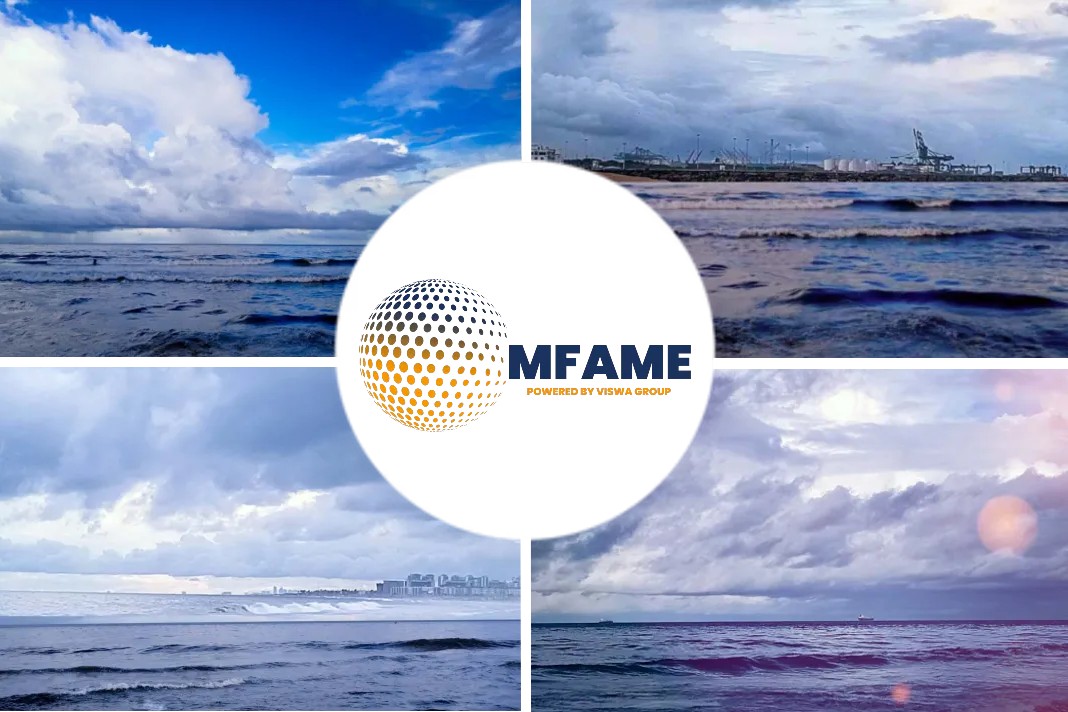Since then it has become a fixture of Dundee’s cityscape, permanently berthed at Discovery Point.
The vessel was purpose-built in the city to take explorer Captain Robert Falcon Scott to the Antarctic in the early 1900s.
Its return to Dundee marked the beginning of the city’s regeneration.
A new £6m visitor centre was built and in the years that followed there were more developments on the waterfront, including The V&A.
Harry Simpson, 70, the former co-owner of MacKay Boat Builders in Arbroath, has worked extensively on Discovery since its return to Dundee.
Both he and his son, Paul Simpson, who now runs Mackay’s, were involved in the operation to move the ship to her final home in September 1992.
“On the day of her return, people were lining the main roads, the docks and the walls along the riverside as we brought her up the river, under the Tay Road Bridge and into the dock,” Harry Simpson said.
“It really put Dundee on the map.”
He added: “Every time I step on board the ship, it gives you a shiver up the spine. You’re walking on a piece of history, and these were brave men who sailed it. I felt proud to be part of it.”
A Royal Research Ship (RRS), Discovery was the first ship to be designed specifically for scientific research and the last traditional three-masted ship to be built in the UK.
Dundee was a major whaling centre and its shipyards had long experience of building ships robust enough to travel through Arctic pack ice.
Built by Dundee Shipbuilders Company, Discovery took Capt Scott and crew members including Ernest Shackleton further south than any other man had been before.
“The construction of the ship is phenomenal, it really is unbelievable,” Mr Simpson said. “It was made to last.”
But by 1979, it was seriously dilapidated and in 1986 it returned to Dundee where it was restored in Victoria Dock.
Among those in the crowd who witnessed Discovery’s journey was Ali Gellatly, now operations manager at Dundee Heritage Trust.
“I was three when Discovery came back to the city,” he said. “I watched it being towed along the River Tay with my dad.
“I consider that part of my story and so do a lot of people from Dundee.
“We have that immense sense of pride that something created in our city has had such an incredible life.
“In over 120 years since it was made, easily over tens of millions of people have walked on board this historic ship which has travelled through the harshest conditions imaginable.
“And the ship was built in Dundee, which wasn’t a massive city or hub at the time.
“I think local people take pride in the fact that it has been able to survive and leave such a huge impact on the world.”
About 75,000 people a year now visit the Discovery, with notable visitors including Duke and Duchess of Cambridge in 2015 (now the Prince and Princess of Wales), and descendants of the original crew.
Its arrival in 1992 boosted the city’s fortunes as a tourist destination, Mr Gallatly said.
“It was at a time when Dundee was on a downward spiral, after a lot of the industry had gone and there was a lack of investment.
“Having this pioneering vessel back in the city gave folk a sense of pride back. Dundee’s entire slogan became ‘Dundee, City of Discovery’.
“It was that pivotal moment and the start of the regeneration of the city that is still going on now with the waterfront project.”
What was RRS Discovery used for?
RRS Discovery was the first explorer ship to undertake scientific research in the Antarctic.
Forty-eight men started the journey south, each one hand-picked by Capt Scott.
They packed enough provisions for three years, including two tons of Cadbury’s cocoa powder, more than 1,000 pounds of tobacco, more than 100 books and 45 sheep.
After five months at sea, Antarctica was eventually sighted in January 1902.
The subsequent discoveries were ground-breaking. The expedition was the first to sight an Emperor Penguin rookery and obtain an egg of the species.
They mapped out previously unknown locations across the frozen continent and discovered hundreds of new plant and animal species.
But towards the end of the expedition, the ship became trapped in ice.
In December 1903, there was 20 miles of ice between Discovery and the open sea with no apparent way out.
Relief ships arrived in January and in February controlled explosions were used to blow the ship free and help it on its journey home.
The crew arrived back in the UK in September 1904 to cheering crowds and Capt Scott was named a national hero and awarded numerous honours.
Did you subscribe to our daily newsletter?
It’s Free! Click here to Subscribe!
Source: BBC






















